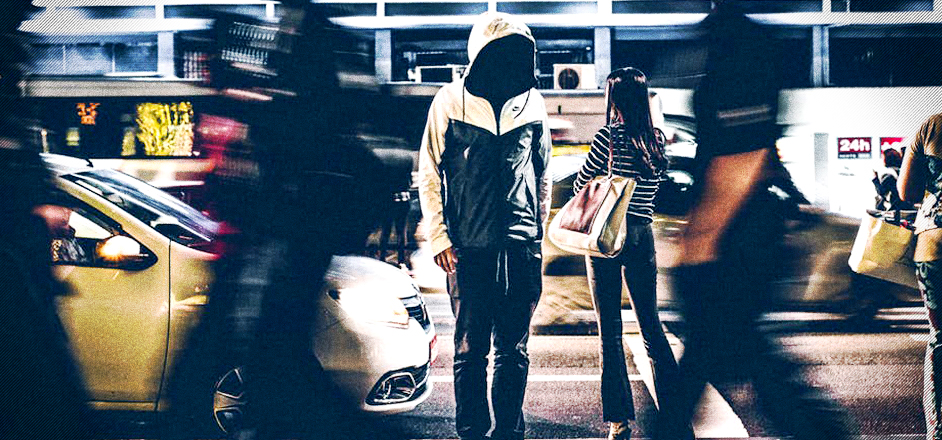No one likes to admit they’re racist, especially millennials. But the booming real estate market is where racism can't help but keep slipping unexpectedly out.
Why? Because people want to buy cheap homes close to downtown. But where is it cheap? In minority neighborhoods. Yet millennials don’t feel comfortable saying the word “minority” right now. It sounds racist.
So agents use code words.
An acquaintance of mine in an oxford shirt was standing outside a tapas bistro in the Highlands the other day and was talking about his new house in the Cole neighborhood of Denver, Colorado — where Martin Luther King Jr. Blvd is. Cole is an “undiscovered” neighborhood, he said, and in five years, after it appreciates the way the Lower East Side of New York or the Tenderloin District of San Francisco has, he’ll sell his house and make bank. Only problem, he said, was that right now, he feels lonely.
I asked why.
“We’re not friends with our neighbors, and we’re not going to be,” he told me. I asked why not, and he replied, “We don’t spend all day hanging out in the park drinking 40s … ”
Agents will say that a neighborhood is transitioning. Or it’s coming up. Or it still has a ways to go. Or is undiscovered. When used, these words seemingly mean, the minorities are starting to move out or they’ve moved out already.
All this code is unsettling, given segregation in housing is still very much a real thing, with only one quarter of whites willing to live in a neighborhood that’s half black. The market is still steeped with historical ideals.
In the 1930s, an official at the Federal Housing Authority ranked the races and ethnicities by order of “desirability.” Most “desirable” ethnicities were the White Anglo-Saxon Protestants, followed by the Irish and Italians, then Jews, blacks and Mexicans. On maps, the FHA colored neighborhoods based on how "desirable” they were, which was based on which ethnicities lived there. WASP neighborhoods were colored green. Neighborhoods with “less desirable whites" — Irish, Italians and Jews — were colored blue. The neighborhoods with blacks and Mexicans were colored in red. The FHA was happy to loan money to green and blue neighborhoods, but not to red ones.
That official policy is long gone as a literal means of segregation, but the sentiment remains embedded in the minds of everyday people — even millennials, who really want to think of themselves as un-racist. Property, even today, isn’t worth as much in black neighborhoods as white neighborhoods.
The ugly truth occasionally slips out in the open — and when it does, it’s a hard pill to swallow. Recently, a 26-year-old landlord in Brooklyn told New York Magazine that he explicitly pays black tenants to move out, saying, “everyone wants them to leave, not because we don’t like them, it’s just they’re messing up — they bring everything down.”
When you hear this rare blunt talk, it’s like seeing a mountain lion eat a house cat: like a window into an ugly side of nature you don’t normally see through.
What my acquaintance said about drinking 40s in the park was exceptionally racist. But at least he wasn’t talking in code, which I think just confuses things, and lets people off the hook from saying how they actually feel. And at least he actually lives in the neighborhood, so there's a chance he ends up realizing that hanging out in the park drinking and playing basketball isn’t all that different from hanging out in craft breweries drinking and playing cornhole.
And maybe that’s how racial progress moves forward: one ethnically distinct time-wasting drinking afternoon at a time. And in this age of insane and yet strangely subterranean racism, every little step helps.



Leave a Reply